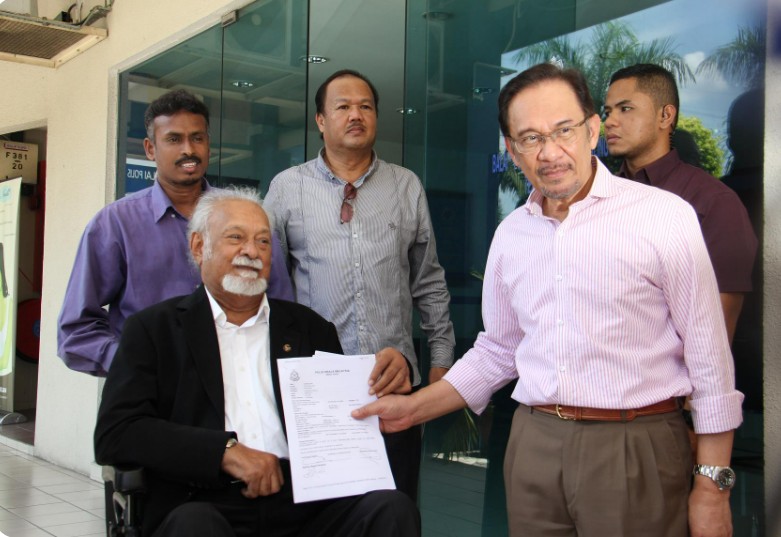GLOBAL stagflation risk, the war in Ukraine, an almost synchronisation of interest rate hikes by major central banks and a slowdown in China’s economic growth – these are some factors that darkened the global economy’s outlook and affected worldwide markets.
“It’s going to be a tough 2022, but maybe even a tougher 2023”, reads a quote from the International Monetary Fund’s chief, who does not rule out the risk of a global recession in 2023 given the elevated risks.
Three-quarters of chief executives of Fortune 500 companies have braced for growth to go negative before the end of 2023.
The latest poll of 70% of leading academic economists conducted by the Financial Times expects the US economy will tip into a recession next year. While the bond yields have inverted for a short while, it flashes stress economic signs ahead.
With inflation rising above 4% and the unemployment rate dipping below 4%, these two thresholds indicate that the US economy is surely overheating, warranting prompt monetary tightening and removal of money supply growth to control the inflation scare.
An overly aggressive federal reserve is the biggest risk. The Fed is walking a very fine line as it must raise interest rates fast enough to cool both cost-driven and demand-pull (wage spiral) inflation and contain inflation expectations – without causing a hard landing in the US economy.
Fed policymakers have warned that the entrenched inflation poses a “significant risk” to the US economy and tighter monetary policy may be needed if prices rise more than expected.
At this juncture, some mixed performance of economic numbers has been reported in response to the Fed’s tightening and extended cost pressures for consumers and businesses.
Consumer inflation accelerated to a 41-year high of 9.1% in June and inflation at the wholesale level climbed 11.3% in June.
Both the manufacturing and services activities slowed in June, retail sales spending rose in June, and personal spending slowed in June, along with weak housing starts, building permits and factory production. But the labour market is still strong.
What if there is a US recession? What will the shape look like? Will it be long, deep, moderate and less painful when compared to the 1981-1982 recession and 2008-2009 global financial crisis?
“Should not be deep and long”
The depth and duration of the US recession will depend on initial economic conditions, the labour market condition and causes of the recession as well as how persistent inflation prove to be.
We have reasons to expect that the US recession should not be deep and long, probably between six and eight months but the recovery may take longer.
This is in contrast to those periods of severe economic downturns inflicted by strong interest rate hikes to control inflation during the 1970s oil shock (11-16 months) and in the early 1980s (16 months).
The current high inflation of 9.1% in June 2022, although increasing since 2021, has not been fully entrenched. During 1979-1981, inflation had been raging for years and was deeply ingrained in expectations.
The inflation rate of 7.6% in 1978 surged to 11.3% in 1979, accelerated to 14.6% in March 1980 and dropped to 10.3% in 1981, before coming down to 6.1% in 1982.
There is also the record low unemployment rate (3.6% in July 2022) since the 1950s, compared to the 6.3-8.5% rate recorded from 1980-1981. The economic recession will inevitably cause a rise in the unemployment rate but it should be digestible.
Private sector balance sheets are in better shape now to absorb the impact of aggressive interest rate hikes and the loss of wealth due to asset price corrections (stocks and home equity values).
Households are sitting on a huge stockpile of savings, estimated at around US$3.0 tril at end-2020, which they accumulated during the pandemic. This boosted household debt obligations to 9.5% of disposable personal income in 1Q 2022, well below an average of 12.6% during the 2008-2009 global financial crisis and the 10.4% average recorded from 1980-1982.
Net private savings (household and institutions) stood at US$1.0 trillion in 1Q 2022, substantially higher than US$602.6 bil at end-2009. Households’ net worth has increased from US$109.9 tril at 4Q 2019 to US$141.1 trillion in 1Q 2022. As at end-4Q 2009, households’ net worth was US$58.5 tril.
Higher interest rates (mortgage rates) have already impacted home loan applications and housing starts. Home prices could decline at some point in time but a massive drop in home values is unlikely.
This time around is different from the 2008-2009 subprime home loans crisis that was fuelled by irresponsible lending practices and loosened credit standards as well as homeowners’ over-stretched gearing of mortgages.
If the economic condition deteriorates and results in job and income loss, homeowners’ improved net worth and strong home equity values can help to avert a massive crash in the property sector.
While the duration of recession may be shorter and moderate, it could end up lasting longer, depending on how persistent inflation proves to be. The Fed may not pause its rate hike until it sees inflation has convincingly come down.
If the inflation stays elevated, the Fed may continue hiking interest rates well into economic weakness, and hence, prolonging the duration of the recession. – July 24, 2022
Lee Heng Guie is the executive director at Socio-Economic Research Centre (SERC) Malaysia.
The views expressed are solely of the author and do not necessarily reflect those of Focus Malaysia.
Main photo credit: Bloomberg











